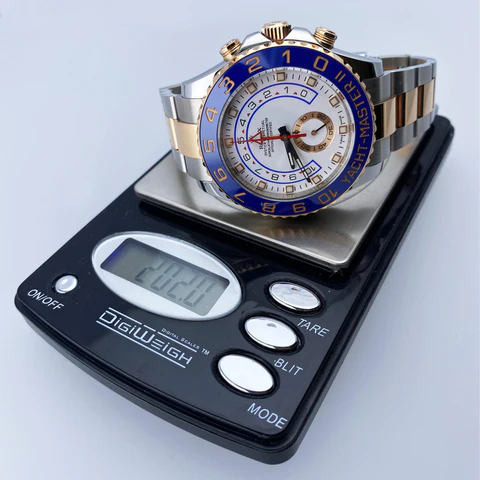A Closer Look at the Rolex Replicas on the Market Today

Rolex replicas is one of the world’s most prestigious watch brands, known for its luxury, quality, and precision. This reputation has led to a booming market for Rolex replicas, with many companies producing imitations that attempt to replicate the iconic designs and features of genuine Rolex watches. While the quality of these replicas varies widely, some high-end versions are remarkably similar to the originals. Here’s a closer look at the Rolex replica market today, including the levels of craftsmanship, materials used, and the ethical considerations involved.
Levels of Craftsmanship
Rolex replicas come in different quality levels, from low-cost, basic copies to high-end replicas that aim to closely mirror the craftsmanship of genuine Rolex watches. The most affordable replicas, often referred to as “knock-offs,” typically have poor build quality and are easy to spot as fakes. They use cheap materials, such as low-grade metals and plastic, and lack attention to detail in the design. These watches may look acceptable from a distance but fail to replicate the feel and precision of a genuine Rolex.
At the other end of the spectrum are high-end Rolex replicas, which are sometimes referred to as “super replicas” or “1:1 replicas.” These watches attempt to mimic every aspect of the genuine Rolex, including the weight, materials, and mechanical movement. The craftsmanship of high-quality replicas has improved significantly in recent years, with some even using Swiss or Japanese automatic movements to replicate the smooth sweep of the second hand. While not as refined as authentic Rolex movements, they come closer to the real thing than the basic replicas.
Materials Used in Replicas
The materials used in Rolex replicas are a key factor in determining their quality. High-end replicas often use stainless steel that closely resembles the 904L steel used in genuine Rolex watches. Some even feature scratch-resistant sapphire crystal for the watch face, just like the original. However, lower-quality replicas tend to use inferior metals and glass, making them much lighter and less durable than the authentic versions.
The details on the dial, bezel, and bracelet are also telling. Genuine Rolex watches feature meticulous detailing, such as sharp engravings and polished surfaces. While high-end replicas may come close in appearance, subtle differences can often be seen upon closer inspection, such as slightly off alignment in the text or inconsistencies in the finish. The luminous markers on replicas may also lack the brightness and longevity of Rolex’s proprietary Chromalight material.
Ethical Considerations
The market for Rolex replicas raises ethical questions, as purchasing counterfeit goods can harm the legitimate watch industry and infringe on intellectual property rights. While some buyers see replicas as a way to enjoy the look of a Rolex without the hefty price tag, others argue that it undermines the value of luxury brands and fuels a market for illegal goods.
In conclusion, Rolex replicas on the market today range from low-quality knock-offs to high-end imitations that come close to the genuine article in terms of appearance and materials. While some replicas may appeal to those who want the look of a Rolex without the cost, they can never truly match the prestige, craftsmanship, and heritage of an authentic Rolex watch.







